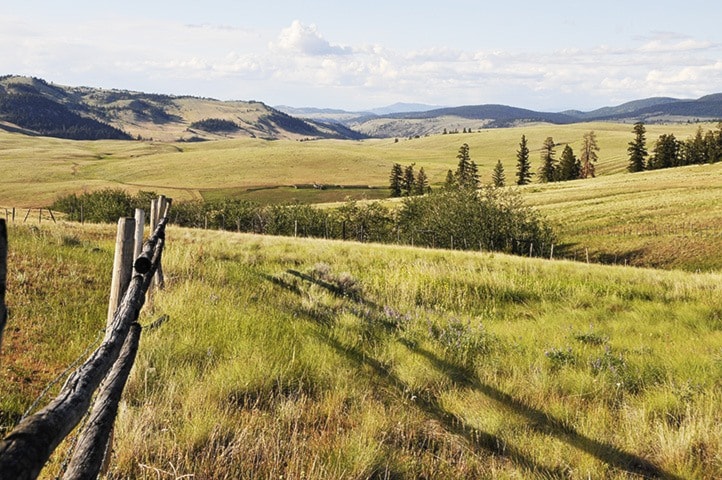Most people, when asked to name the world’s most endangered ecosystem, will probably think of either rainforests or coral reefs. In fact, the world’s most endangered ecosystem—or at least part of it—is in our own back yard: grasslands.
Grasslands cover eight per cent of the Earth’s land surface, and typically exist in the interior of continents, where there is not enough rain and snowfall to support forests. Here in Canada, these grasslands stretch across the south of the Prairie provinces and extend into the interior of B.C. More than 70 per cent of these grasslands have been converted to other uses or overgrazed, and they are the only ecosystem in Canada that is continuing to decline.
“The temperate grassland is in danger,” says Dan Kraus, the Weston conservation scientist for the Nature Conservancy of Canada. “A problem in the interior of B.C. is invasive species such as spotted knapweed. They can be difficult to control.”
Some of these species displace native ones once they find themselves in an area where there is no natural control, and will have a population explosion. This is bad news for grasslands, as well as for farmers and ranchers. “Cows won’t eat leafy spurge,” says Kraus, noting that it is one of the invasive species that has invaded this area.
Kraus also notes that overgrazing in the past has an effect on today’s grasslands. “Overgrazing can turn grasslands into a desert because they’re in very arid areas. It can take decades to bring it back.”
The endangerment of grassland habitat in Canada has meant the endangerment of many species. More than 60 Canadian species at risk—including Plains bison, the Swift fox, and the Greater sage grouse—depend on this habitat, with the populations of many grassland birds rapidly declining. Some bird species have lost as much as 70 per cent of their population over the last 40 years.
On a positive note, Kraus says that endangered species can be brought back. In our area he points to the success of programs that have reintroduced the burrowing owl to places where it had vanished. “It’s an important species, and people have brought it back by building artificial burrows for the owls.”
Elephant Hill Provincial Park near Ashcroft was established in 1996 to protect an area of ungrazed and lightly grazed grasslands in one of the driest areas of the province, and provides the public with an opportunity to see this important ecosystem. The park covers 995 hectares, and is home to the rare Western rattlesnake. Kraus advises anyone using the park—or travelling in any grassland area—to respect the environment.
“ATVs can introduce invasive species,” he notes, and can also damage delicate grasslands, so should not be driven in grasslands unless it is on an established road. People should stick to established trails and make sure to keep their dogs on a leash.
“We should really appreciate these areas. It’s a unique ecosystem, and we have an opportunity to protect it,” says Kraus. “And what Canada has is very special from a global perspective. We have some of the best examples of temperate grassland, and it’s perhaps not appreciated as much as it should be.
“Where we still have it, it’s important to keep it in the landscape.”
The Nature Conservancy of Canada has volunteer events at many local grassland areas, where people can help with invasive species, as well as habitat enhancement for rare species. For more information visit the website at http://www.natureconservancy.ca/en/.
